The Article
THE ROLLING STONES IN MONO: The Ultimate Review
1st December 2016
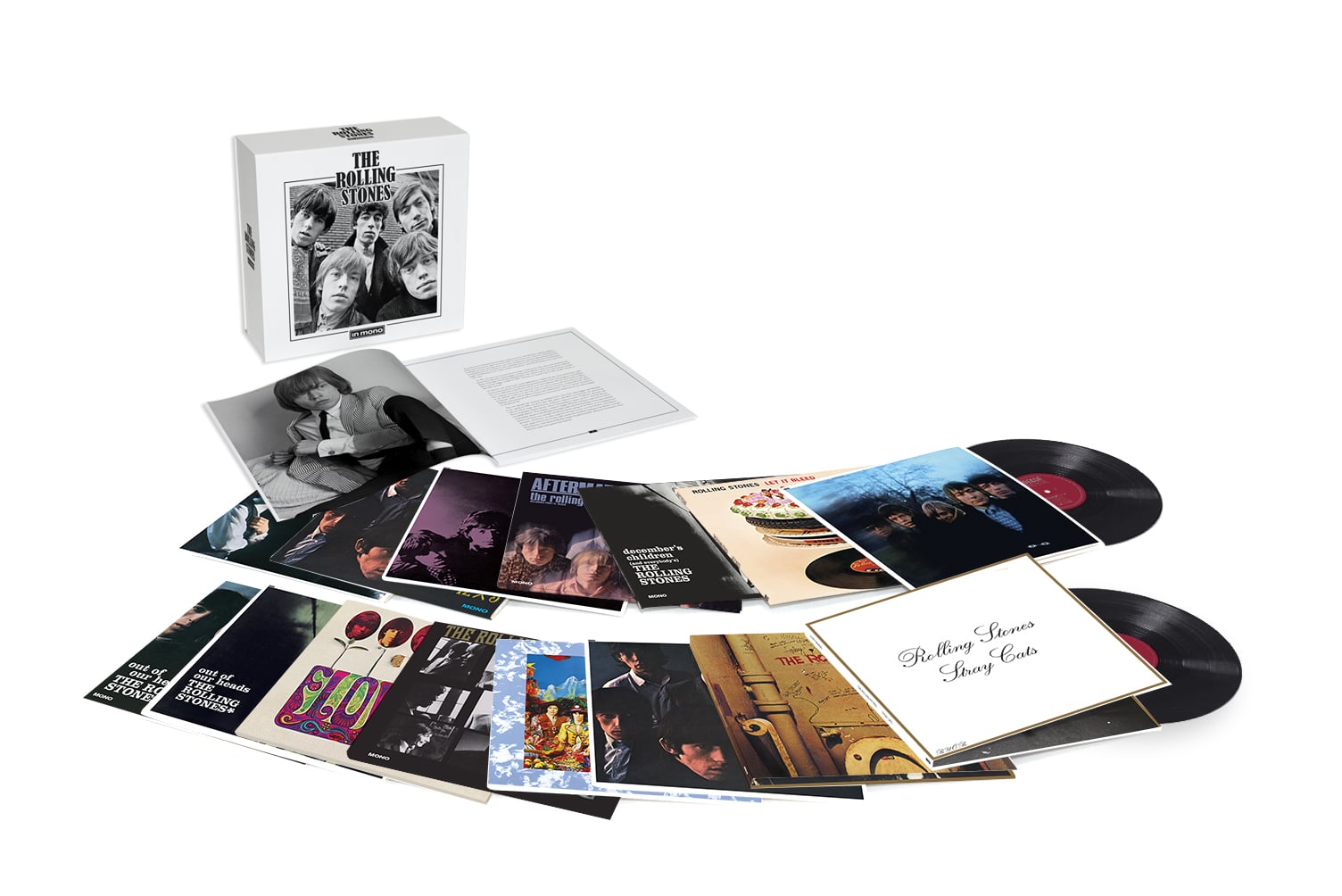
Compiled from intensive detective work, Paul Rigby looks at The Rolling Stones in Mono vinyl box set, talks to Chief Audio Engineer on the set, Teri Landi, and undertakes an exhaustive sound test of the new set using multiple vinyl generations and two different mono cartridges
It’s arguably the most important Rolling Stones release in decades. For the first time ever, all mono studio recordings released by The Rolling Stones in the 1960s (between 1963 to 1969, to be exact) are available in one collected box set utilising the earliest generation sources currently available. Also available as a 15CD box set, 24bit/96kHz, 24bit/192kHz and – get this – DSD download, the collection contains 186 tracks, 56 of which have never before been heard in mono since CD was a boy.
Arriving with a 48-page book, mastered by the Queen discography box set supremo, Bob Ludwig at Gateway Mastering and cut at Abbey Road studios, the Stones box set is limited to 1,000 copies world-wide.
The featured albums include: The Rolling Stones (UK, 1964), 12 X 5 (1964), The Rolling Stones No.2 (UK, 1965), The Rolling Stones Now! (1965); Out of Our Heads (US, 1965), Out of Our Heads (UK, 1965), December’s Children (And Everybody’s) (1965), Aftermath (UK, 1966), Aftermath (US, 1966), Between the Buttons (UK, 1967), Flowers (1967), Their Satanic Majesties Request (1967), Beggar’s Banquet (1968), Let it Bleed (1969) and Stray Cats (a new collection of single A & B sides plus EP tracks).
I chatted to Teri Landi, ABKCO’s Grammy award winning Chief Audio Engineer, who oversaw the entire project, in the USA and asked her about the condition of the master tapes, that were used as part of the creation of the box set, “They’re generally in excellent shape,” said Landi. “Which is pretty amazing for 50 year old material. The type of tape featured does have a good reputation for holding up well. There were actually two types used at the time. There was a thin-mil acetate-type tape plus a Mylar polyester type spread over many different types of tape stock. They hold up but they are very thin so there can be issues.”
The tape itself, though, as a physical medium is prone to breaking if mishandled. In general terms, with certain tape stocks – Scotch 201 for example – it can suffer from oxide shedding. This is the side of the tape that holds the audible material that passes over the tape head, “I’m nervous every time that I have to use one of these tapes,” said Landi. “Sometimes, you can literally see through sections of the tape. It’s a nightmare.”
That’s a general problem that, fortunately, the Stones tapes didn’t really have, “There was no oxide shedding here, despite the fact that the Stones did utilise Scotch 201. We were lucky.”
One minor issue that Landi did come across with the Rolling Stones sources, in a couple of places, was tracking problems over the tape head. Sometimes the tape may waver back and forth or up and down. Sometimes the tape stock formulation is the problem here. Other times, the issue stems from how the tape has been packed, “If it was not nicely wound, 40 somewhat years ago,” said Landi. “That is, if the tape has not experienced a ‘library wind’, a slow wind of 15ips to give it a nice pack, you can sometimes clearly see that a tape has been packed in the Fast Forward mode. Those old machines are not exactly gentle. The nice thing about the ATR102, its that it is very gentle. The Ampex 440 and 350, though, are not that gentle. Sometimes, these harsh packs can be fine, with no issues, though.”
So how would have Landi have corrected such a ‘wavering’ tape? “It depends if it’s passing over a stereo or mono head,” said Landi. “If it’s a stereo tape then you have no choice but to play it on a stereo head. If it’s a mono tape then you do have the choice to play it back on a full track mono or stereo head. If you have a mono tape that was recorded on a full track mono head then, of course, you really want to play it back on a full track mono head. When you don’t, then you are losing some information. If that wavering tape issue occurs then there’s a couple of tricks that you can use. One is to do a pass over a stereo head and take one channel off that. Because the stereo head is split into two channels. You can hear the problem area on the tape and how it sounds when it is passing over one of those channels. If the issue is removed when you listen to the other channel then you can take the little section involved (it might be all of two seconds) and edit it into the mono. You can do a digital repair afterwards so that the listener cannot tell that anything untoward has happened.”
This took me a minute to grasp but what I think Teri is referring to here is that, on the stereo head, which features two smaller left/right channels (as opposed to the large, single track, from a wide mono head), with a slight gap into the middle to reflect that channel separation, the aural problem might only occur on the right channel of the output signal because that might be the problem area of the mono tape. The left channel from the output might be free of that particular sonic issue. Hence, you could pick that bit of the signal which is clear and error free and integrate it into the final recording. If the problem issues occurs on both left and right channels then it’s better to bite the bullet and use the mono head to grab more information.
Wavering tape, incidentally, can also be stabilised by literally putting your thumb over the tape. Something that Teri has actually done on other projects, “Yes, I have the ‘touch’!” she commented rather proudly. You’ve heard of ‘seat of the pants’ flying? This is Landi doing ‘tip of the fingers’ mastering.
Incidentally, while we’re on the subject, if you have any early 80s CDs that feature mono transfers of analogue recordings, you will have an ‘imperfect’ recording. Why? Because all mono tape transfers, at that time, were placed onto CD via stereo heads only. This meant that there was mono musical information running right over the centre of the stereo head, right over that gap I mentioned that separates the stereo head into left and right tracks. This information, of course, was not being recorded. Hence, the mono transfer would have lost information during the transfer.
During the tape transfer, Landi aligned the tape heads, depending on where the original tape sources were recorded. It’s important to align the tapes correctly to the standard that the source was recorded at in order to extract 100% of the information. If you play a tape with the wrong alignment, a fair amount of the recorded information will be lost. In this case, there were three standards involved, “Generally, the Stones stuff has the NAB alignment (USA) but some have the CCIR (UK) and NARBT (UK),” said Landi. “The latter wasn’t utilised for very long but occurs around some of the earlier recordings. You can change the alignment directly using a set on tones as a guide. MRL (Magnetic Reference Laboratories) produced actual alignment tapes for use with the CCIR alignment standard. With NARBT, I thankfully founds these tones on the tape itself.”
To confuse things further, the British studios sometimes used the American NAB standard. Most likely because the UK studio knew that the tape would be sent to the USA for processing. Landi sometimes transferred tapes both ways if the alignment standard was not stated, just in case. During the tape transfer, the alignment was changed with a small screwdriver on the side of the tape heads, “You have pots inside on the electronics. You can align using those with the reference tape in order to do it correctly. You hear differences both in the high and low ends.”
To maximise sound quality, it was important to source first generation tapes or as high a generation sources as possible for the ultimate mastering.
The Stones were recording their albums at Regent Sound in England, Chess in the USA and then RCA in Hollywood, “So you had different rooms, different echo chambers, different engineers and so on. There’s going to be a difference in the sound. The person who had the task to cut the album, in the end, may have felt that the tapes had so many differences between them that they wanted to do EQ changes to give the listener a soother transition from song to song. Once the EQ was completed, the engineer would print the results on another tape.”
So that engineer would complete the EQ changes, print the results to a tape and then compile those tracks together (imagine creating your own cassette mix tape, it’s a little bit like that). This is the cutting master. The master tape used to created the final vinyl record. What you end up with, though, is vinyl from second generation sources.
“The task, then, was to source the first generation tapes for this project,” said Landi. “The first generation recording may (or may not) be on the cutting master, it might be further up the chain on a complex album master or elsewhere. To complicate matters, because you are also looking at UK and USA versions of the same album, then one of them may have the first generation masters while the other will certainly not. For Out of Our Heads, for example, the first generation masters were largely present on the US version: the US version did appear before the UK version. Hence, the UK master had lower generation copies on its LP.”
The hard detective work involved finding those first generation recordings. Sometimes they were found on that cutting master, sometimes they were not, sometimes they were sitting on a completely different reel. This was the case for seven tracks from December’s Children, “So, when you pick up a tape reel, you have to ask yourself, ‘What am I holding here?’ You know by listening,” said Landi. “First generation recordings are obvious when you listen to them. So there’s a real puzzle here. You have to figure out what all the pieces of puzzle are. Sometimes they are not in the most obvious of places.”
You also know that they are the final mixes because you can A-B compare them with the release version in terms of structure in terms of the original album or single. In December’s Children, obviously second generation copies were made as part of the album compilation tape for an album master. Sometimes, you can find EQ markings on such a tape that tells you that the tracks on this reel would have been used to cut the mono singles. Hence, sometimes, the singles were cut directly from the first generation tape but the album was not. So there’s a real puzzle here. You have to figure out what all the pieces of puzzle are. Sometimes they are not in the most obvious of places. I tracked them all down too!
“Because the Stones were recording on both sides of the Atlantic, things get complicated. Hence, some sources I had had to be second generation masters because they were the best masters available.
“Despite the fact that almost all the tapes used in the box set were first generation, sometimes, you have no choice in the matter because it’s the only and/or best source (sometimes later generation sources sound better than first generation because the ‘first’ is in a relatively poor condition or somesuch). Even if a second generation tape has been used (and most of the sources in this box were first) then the second generation tape was an original source tape.”
Once the master tapes were used to transfer the music, that music was then converted to DSD 2.8kHz for mastering. Why not PCM? “DSD most closely mirrors analogue in the digital world,” said Landi. “We really wanted to master in DSD, 24bit/192kHz just wasn’t close enough.”
Quite a change then from the recent Queen 24bit/96kHz vinyl box set digital masters and a bit of a shock from The Beatles’ vinyl box set masters that were transferred to 16bit/44.1kHz!
“DSD has come a long way in terms of tools, said Landi. “Bob [Ludwig] uses the Pyramix system that accommodates DSD and PCM. That has sophisticated editing tools in there. This is true DSD, incidentally, there is no inter-PCM conversion involved here.”
The reason that digital mastering is preferable to just transferring the tape itself onto vinyl is because you have to correct many small (and larger) faults that have developed on the tape over the years as well as basic issues such as multiple tape alignments. Digital mastering can isolate and pin-point rogue frequencies and small errors. Try doing the same on a tape and not only will your error (hopefully) be fixed but that same ‘fix’ will occur across the entire frequency band over a wide area, causing problems before and after the ‘error’ causing, in effect, new errors. Hence, digital mastering was essential.
SOUND TESTS
The sound testing utilised my reference hi-fi system with the addition of two Zero, mono cartridges from Miyajima: a Zero with a 1mil tip for older mono pressings and a Zero with a 0.7mil tip for newer pressings.
In terms of test software, I used original mono pressings of The Rolling Stones (1964) and No.2 (1965), Out of Our Heads (1965) and Aftermath (1966). For further comparative purposes, I also used relatively modern, mid-80s, pressings of The Rolling Stones and No.2.
To begin, I installed the 0.7mil Zero and concentrated upon those mid-80s pressings compared to the new box set.
Playing the 80s reissues first and the languid, cocky and wholly confident Slim Harpo song, I’m a King Bee. I was immediately reminded just how good mono can be, played via the correct cartridge. Jagger’s voice exuded texture and power. His rasping aggression was carelessly thrown at you with a devastation of a hand grenade, drums were crisp while the lead guitar was incisive and nasty.
Even so, the new box set issue completely blew it away and there were numerous reasons for that. Partly they were down to the quality of the remastering but also a testament of Teri Landi’s insistence of sourcing first or best quality early generation recordings. Hence, the sound stage on the new issue was wider, fuller and more mature in its presentation. What has been eradicated was a rather annoying ‘compression’ element that hung off the vocal and especially the lead guitar. When Jagger sang about his King Bee, he demanded a few “stinging” guitar moments which prompted high pitched guitar playing. On the 80s reissue, these moments were actually ear piercingly bright. On the new issue, they were informative and full of detail.
I then moved to the original pressings and found (after preliminary sound tests) that all of them were mastered with wide, 1mil, mono grooves, which demanded a change of cartridge for a proper A-B comparison.
With Aftermath and High And Dry, I was impressed with the low volume cut of the original source and the dynamic reach that if offered but the new issue improved upon it in a number of ways. In general terms, the new issues sounded polished while each instrument was enhanced, receiving extra focus and precision. The bass was full with a deep reach that provided new found strength to the lower frequencies while the plucking guitar strings had a more resonant twang and the notable cymbal repetition rhythm sounded tonally more correct instead of sounding a little like a synth-derived sample.
To finish, I played Talkin’ ‘Bout You from Out of Our Heads. Despite the excellence of the original cut, the new issue did offer extra mass in the lower frequency range, which was significant, adding a grounding to the track that transformed the piece, there was far more drive and excitement engendered by the new version. In terms of compressive effects, these were eased by the new issue, allowing Jagger’s delivery to be more emotive and effective.
SOUND TESTS: CONCLUSION
A number of conclusions could be drawn from this fascinating sound test. Firstly, this test confirmed just how good the original cuts are, especially when played with the proper equipment, next it wasn’t at all surprising that the 80s reissues sounded vastly inferior to both the original issues and the new boxed set: if you can, avoid any and all vinyl reissues except for this new boxed set. Lastly, the new box set’s releases reflect incredible care and attention and sheer hard work. No other reason could be found for the superb sound quality that each of the new box set’s albums produced.
Although I have offered detailed reflections on a selection of the new LPs, I did briefly listen to them all and can confirm the magnificence of this box set as a collection of audiophile music. Both Teri Landi and Bob Ludwig should be congratulated on their detective research and diligence, especially in terms of sourcing first generation (or as early as possible) sources. If you want to hear The Rolling Stones in mono (and you should, I prefer these mono versions to the stereo versions), then this box set is the first port of call because it features the best rendition of the Stones in mono, new or old. The rear of this box set suggests that the featured music is “revelatory”. Amen to that.
LANDI: THE CHIEF
Teri Landi may be the Chief Audio Engineer but what exactly does that mean? What does she do? “I do a lot of different things. Part of that is A&R work. I was credited as being the restoring producer of this set. In ABCKO, in New York, which has been around for many years. I’ve been working for the company for nearly 28 years. I’m an archivist. I’ve had the dreary job to thousands of tapes – terrible, I know. Catalogues such as The Rolling Stones and the Cameo Parkway catalogues. When I came here, the tapes needed to be catalogued so archival is part of my job. Identifying first generation masters, detailing reels, all of that inventory in this massive archive is part of that. I do the down and dirty transfer work so I have really nice tape machines here. A variety of Ampex machines.”
I wanted to grab some detail on this hardware and was intrigued to hear that the Amplex machines have received a range of upgrades, “What I have here are two of ATR102 machines. Both are equipped with ARIA Class A electronics. These were machines specifically refurbished by the late Mike Spitz. He was a wonderful person and I’m sad that he’s no longer with us. He ran ATR Services out in New York, Pennsylvania. Mike’s speciality was to take the old, 70s-80s 102s and really spiff them up. He reworked them. You could get them with their original electronics or the ARIA electronics (which I don’t believe are made any more). Mike remodelled the machines with brand new head stacks and more. They were state of the art.
“I have one ATR102 with the ARIA electronics fitted with a head stack that is full track mono, a stereo head and a quarter track head. There is another machine that is multi-track that can handle half inch two track, three track and four track. I also have an Ampex 44B that can handle two, three and four track plus an old Ampex 350 that handles full track mono and stereo with the original valve electronics. There’s also a Sony JH24 that I can use playback 8, 16 and 24 tracks. The room is equipped to playback all these formats. The 350 and the 102 were used a lot during the Rolling Stones tape transfers.”
LATER MONO RELEASES
Why did the Stones still produce mono way into the later 60s? Especially as stereo was becoming dominant? Mainly because there were enough sales for mono to make them viable still in the UK. The USA didn’t release the mono versions of Beggars Banquet and Let It Bleed, but they were released in the UK. These LPs were stereo to mono fold-downs. The Beggars Banquet track, Sympathy for the Devil, though, was a true mono cut. Teri was unable to explain why, “Sympathy sounds very different from the other fold-downs. Especially at the beginning of the track. The differences in the echo chamber, for example, and the delay on Mick’s voice. Many people prefer this mono mix to the stereo version. The ‘woo-woo’s are also lower in the mix while the piano takes on a different quality. With the piano moved into the centre, it is even more locked in the groove of the percussion. It’s also a little bit longer, the fade out exposes more of that original multi-track.
“Miss Amanda Jones features a real, in your face, wicked guitar. High And Dry is literally transformed from the stereo to mono. In the stereo version, because of how the four tracks were handled, the rhythm section was moved off the the left with the vocal in the centre and everything else to the right. There’s a lot of reverb – in order to fill the centre. The mono version is a lot drier. That harmonica is drier too and louder and there’s a bluesier quality from the entire sound. They sound like a real jug band! Lady Jane is another one. The mono is so wonderful. Bob Ludwig did some extra wonderful mastering. There is dulcimer and harpsichord, especially in the instrumental break section. Lady Jane was never one of my favourites but I found myself crying to the new mono version! There’s a new quality in Mick’s vocal performance while the instruments rise and fall around him.”
THEY FAILED TO MAKE THE CUT
There were some items that Landi had to make decision on it terms on their inclusion. The decision was made to cover studio work only, for example, so that meant no live EPs or LPs, “Ya-Yas had no mono source, I think,” said Landi. “Also, for the debut LP, there’s the UK version but we haven’t included the US version. There’s a lot of duplication in this box set because we have included the counterpart versions of a lot of the LPs in terms of the UK and USA. Omitting particular albums was done to overly avoid massive duplication. We structured the box set around the UK releases with some US albums recorded to complement the collection. The line was drawn with the variations in tracklist. The first album is very closely mirrored between each country. Not only in song selection but the sequence. We also had to think about the price of the final box set: it’s expensive enough!”
STRAY CATS & SINGLES
This bonus album is a round-up of various single versions of album tracks, B-sides and other odds and ends from 1960s Stones’ recordings. It includes two covers of The Coasters’ Poison Ivy. Barrett Strong’s 1959 hit Money, as well as Fortune Teller – the Stones’ brisk version of a 1962 B-side by the New Orleans singer Benny Spellman. Mick sings, As Tears Go By in Italian and there’s Stoned, the instrumental flip of I Wanna Be Your Man along with the 1965 outtake of Otis Redding’s I’ve Been Loving You Too Long (freed of the fake applause applied to disguise its studio origin when the track appeared on the 1966 LP Got Live If You Want It); and the electric-Chicago B-side Who’s Driving Your Plane.
“Poison Ivy had two different versions,” said Landi. “One was on a Saturday Club compilation and another that ended up on the EP.”
Associated with this vinyl box set release but available separately are nine limited edition 7″s (each limited to 1,000 worldwide) replicating classic Rolling Stones singles with local artwork and rare tracks in mono, “Decca really did that,” said Landi. “It was a nice idea. They probably had a couple of amazing collectors to help out on this one. Maybe Decca had this stuff in the archives but I doubt it.
We know a few amazing people. That sleeve of Street Fighting Man. That’s incredibly rare. I know that ABCKO sourced that years ago from a real hardcore collector. “
ART QUIRK
I discovered one intriguing thing about the creation of the art for the original version of these albums. And Stones fans might want to check this out for themselves. Where there was a mono and stereo version of a LP in existence, there was only one piece of art created for it, not two. The label placed the word ‘mono’ in the bottom left corner of the art and the word ‘stereo’ in the opposite corner, top right. What they did was to shift the image up or down depending on the requirements. If you look at the covers, you’ll see that heads are cut off a little bit at the top or more of the bottom will be visible depending on whether that LP is a mono or stereo cut. It’s the one and only image, though.
WITH THANKS…
…to Timestep Distribution for supplying the Miyajima cartridges (www.timestep-distribution.co.uk; Tel 01803 833366)
…and Jim at the independent record shop, Back To Mono, for supplying the original vinyl pressings (email:[email protected]; Tel 01522 537988)

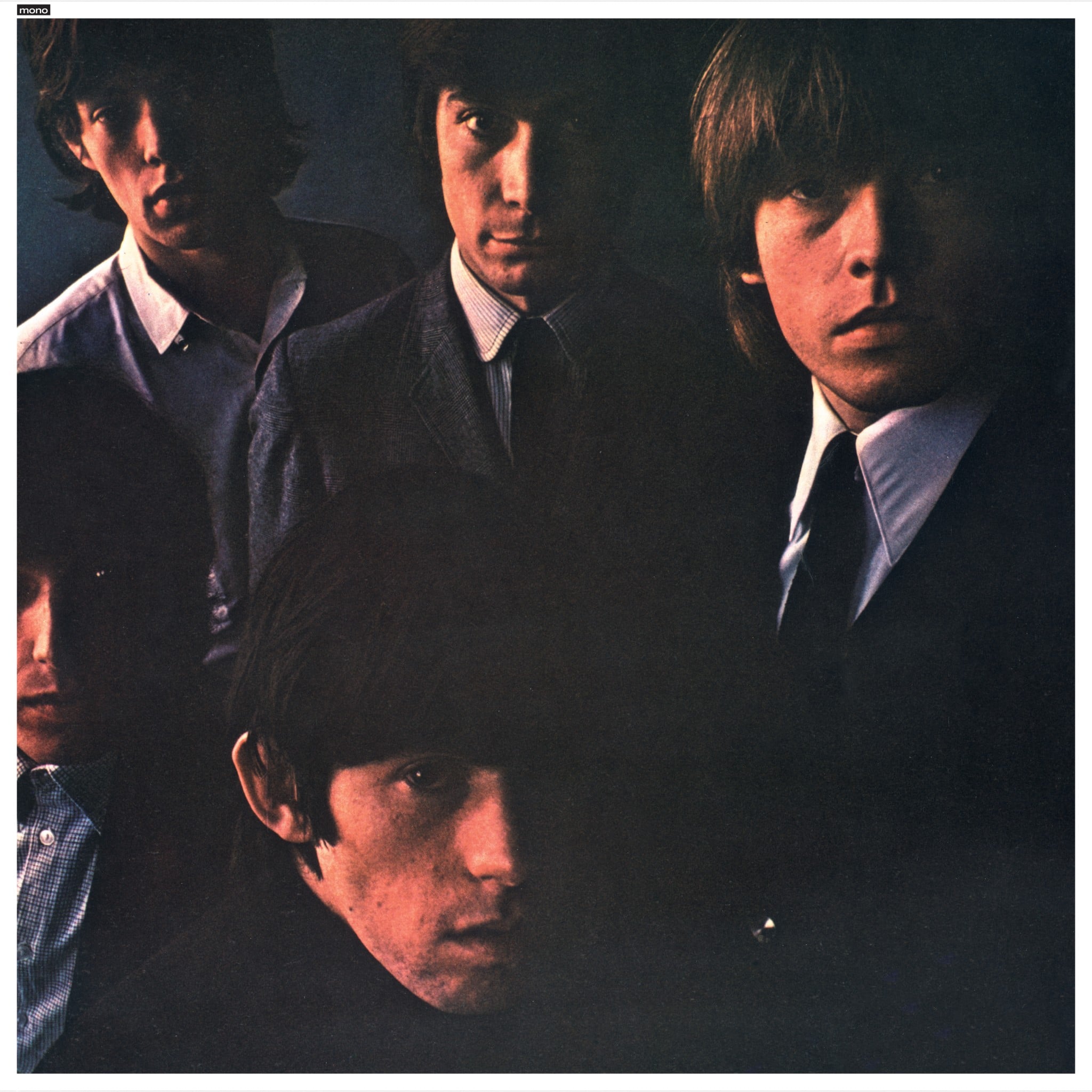
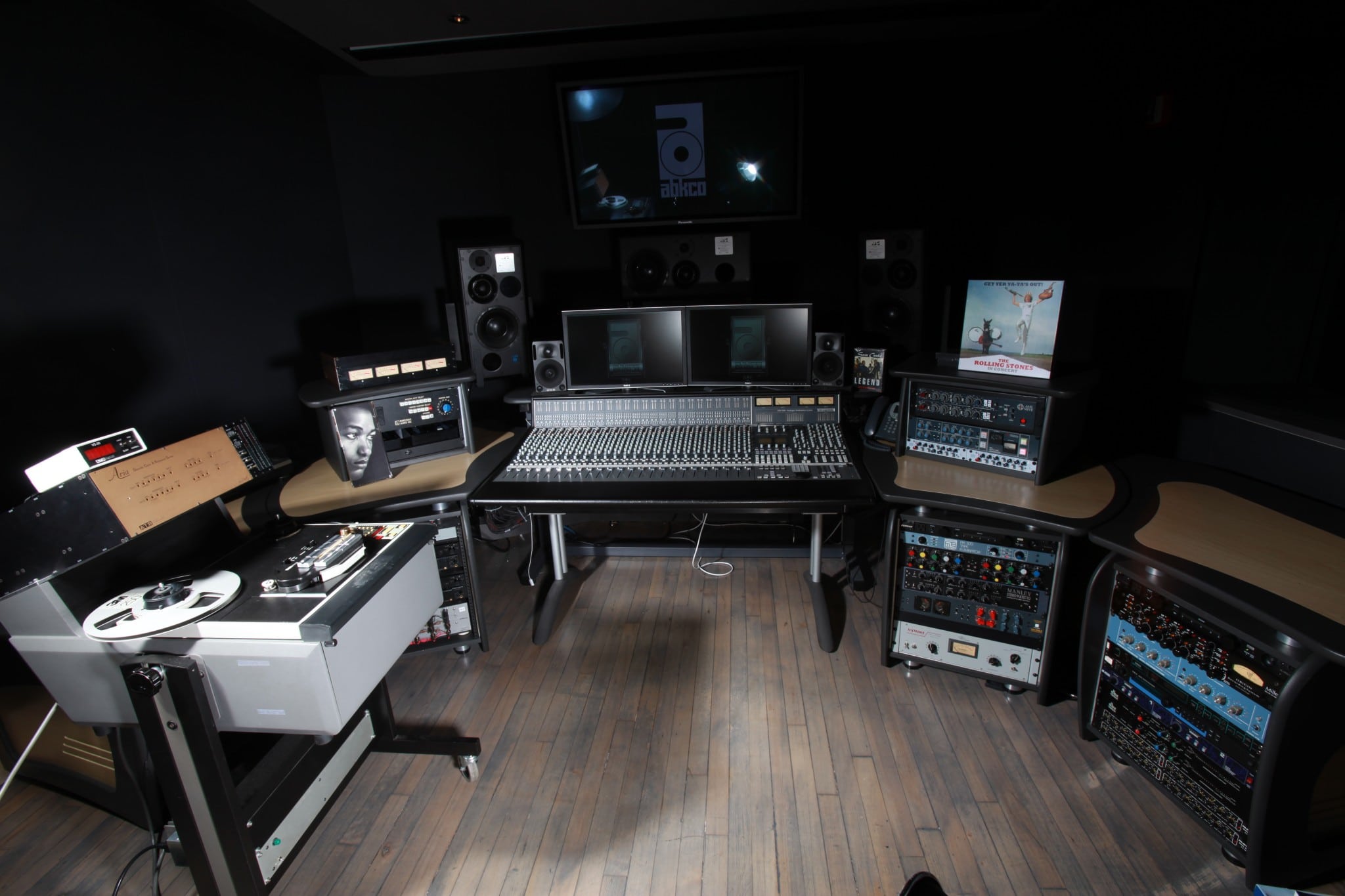
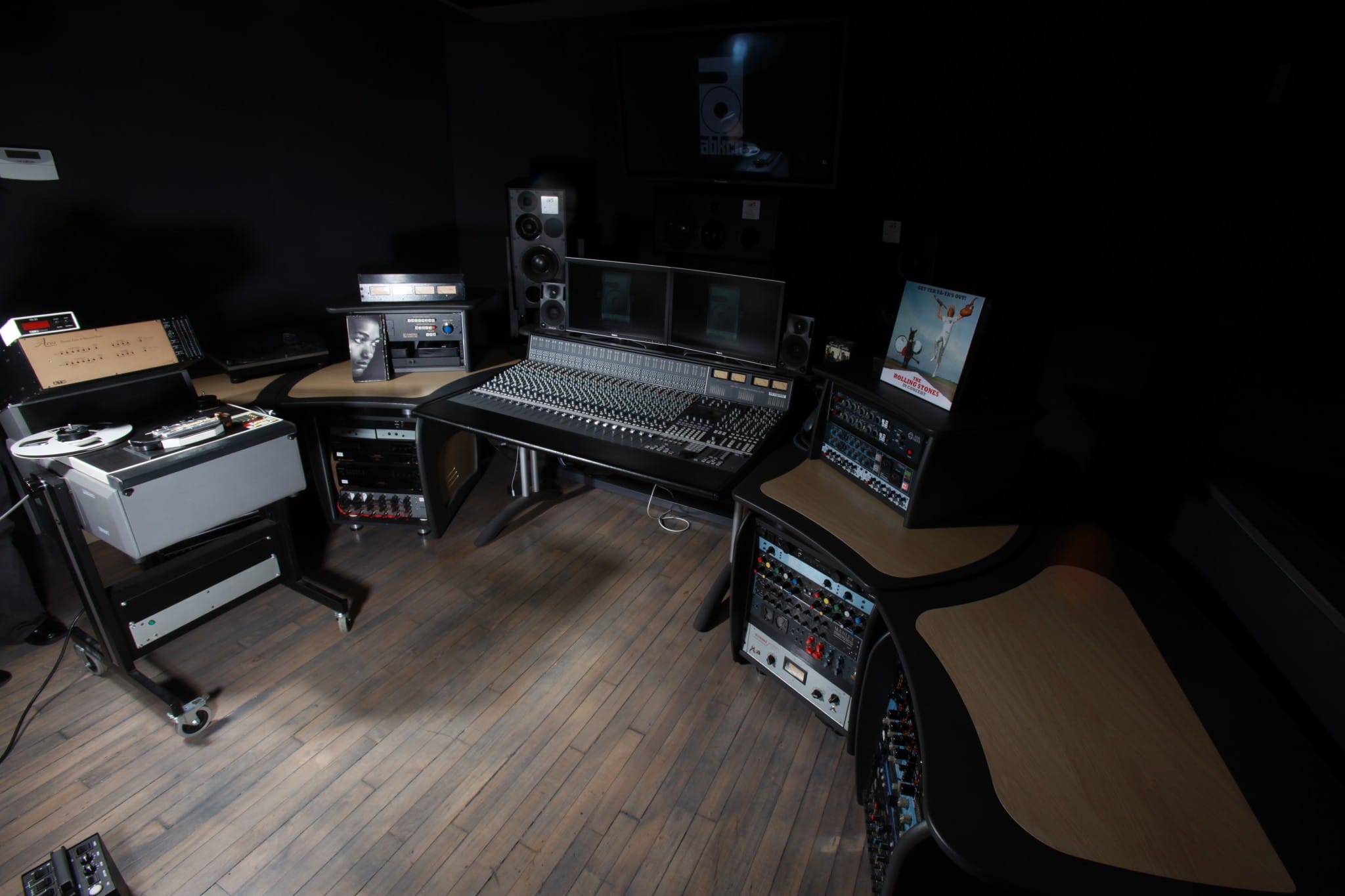
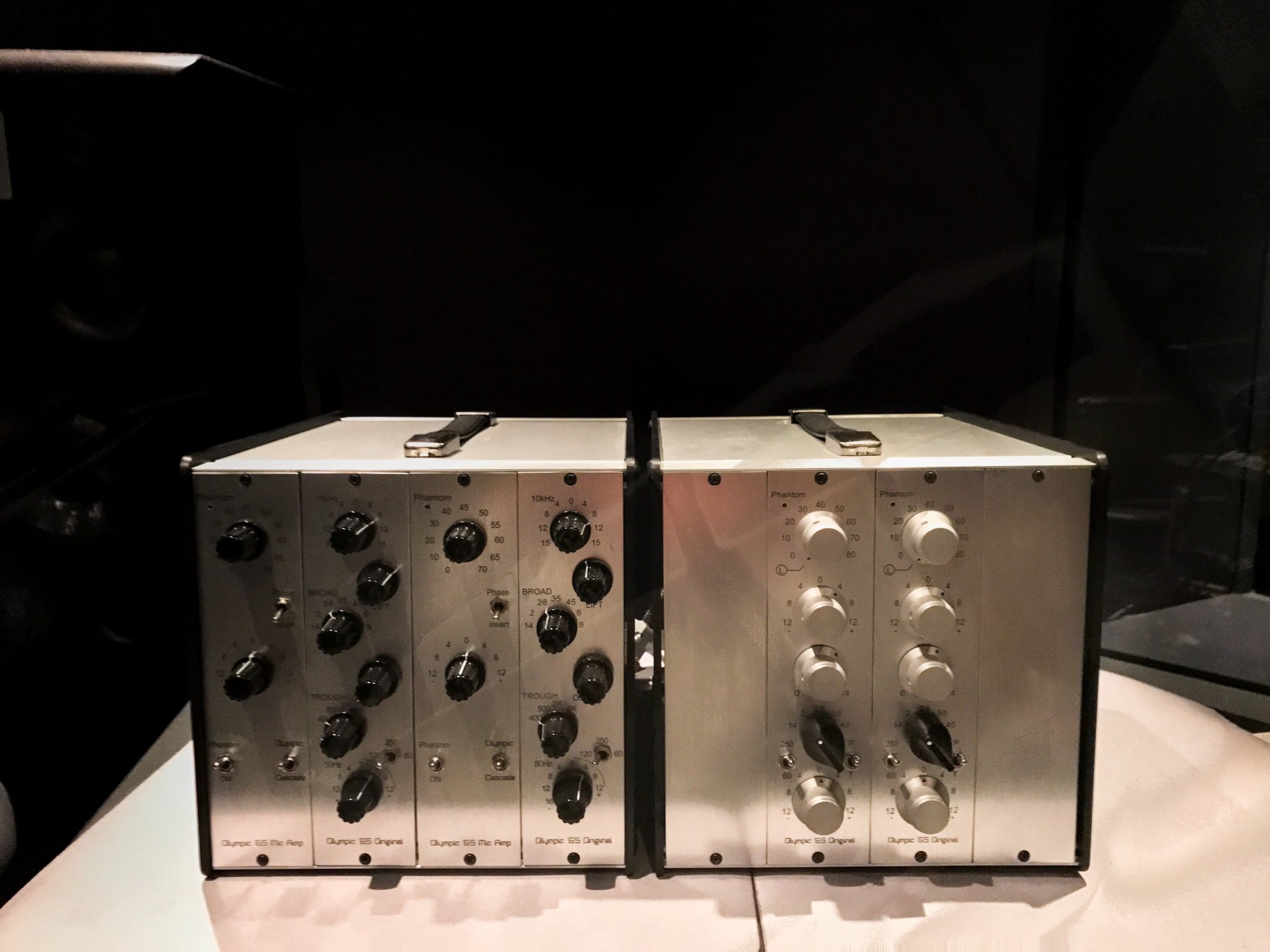
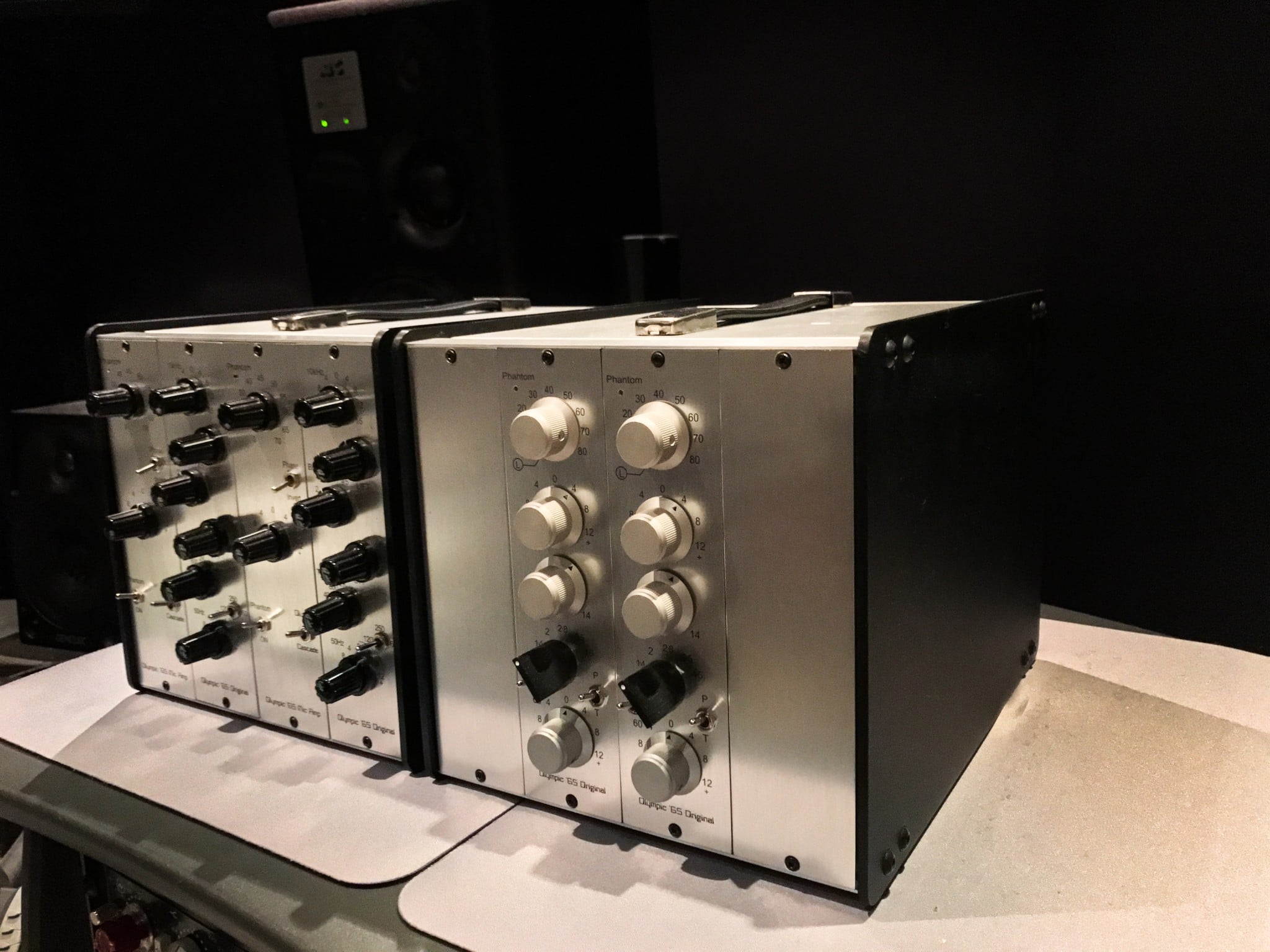
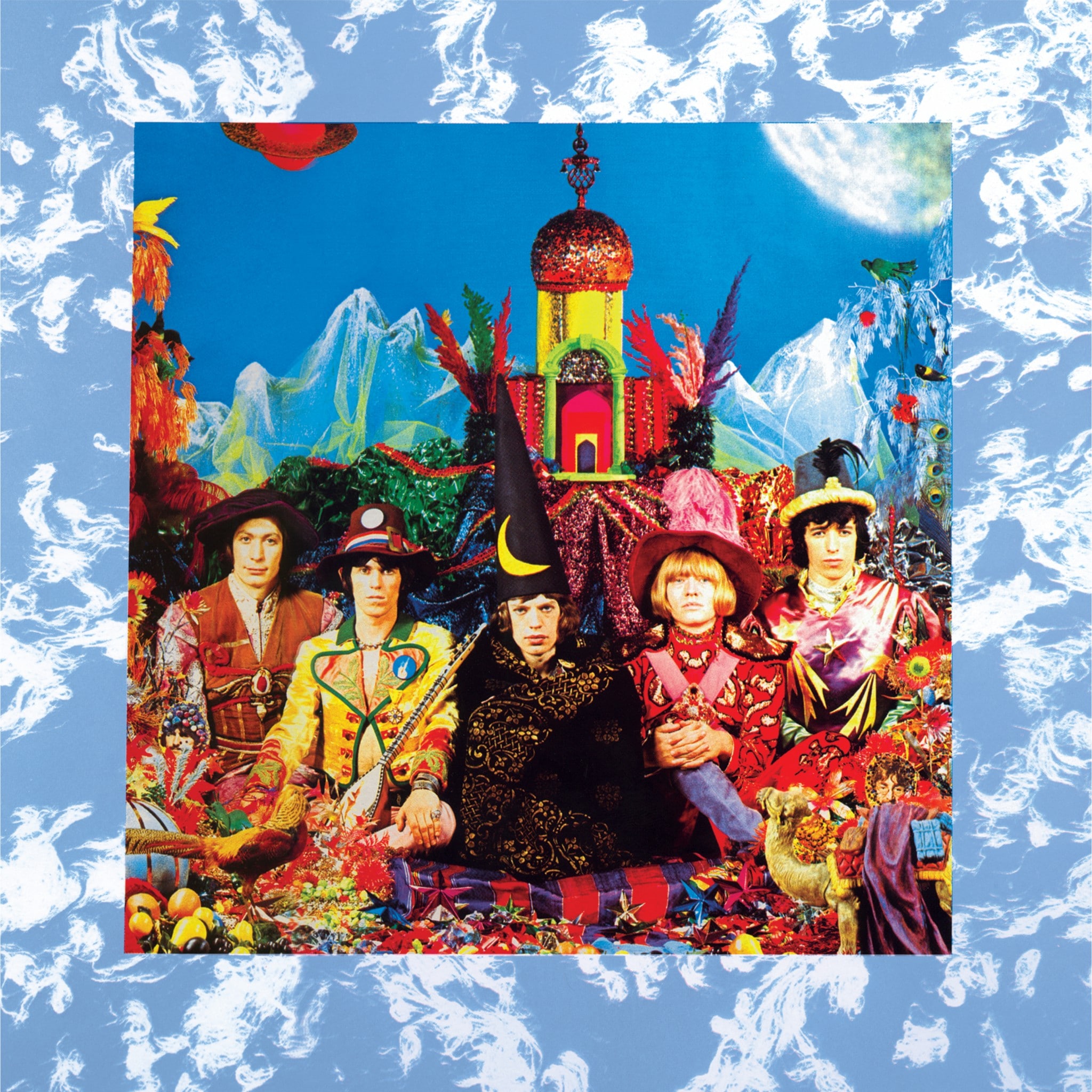
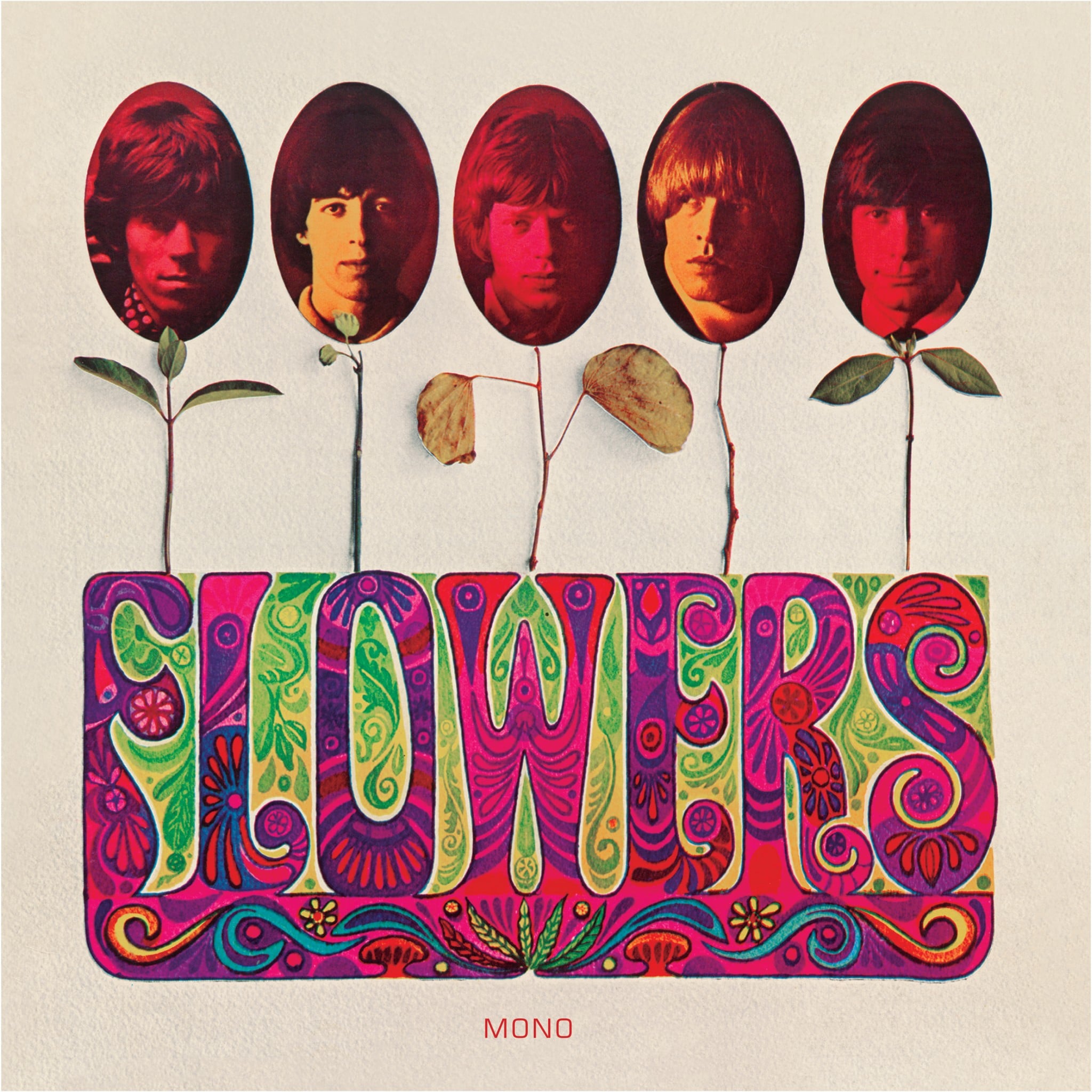
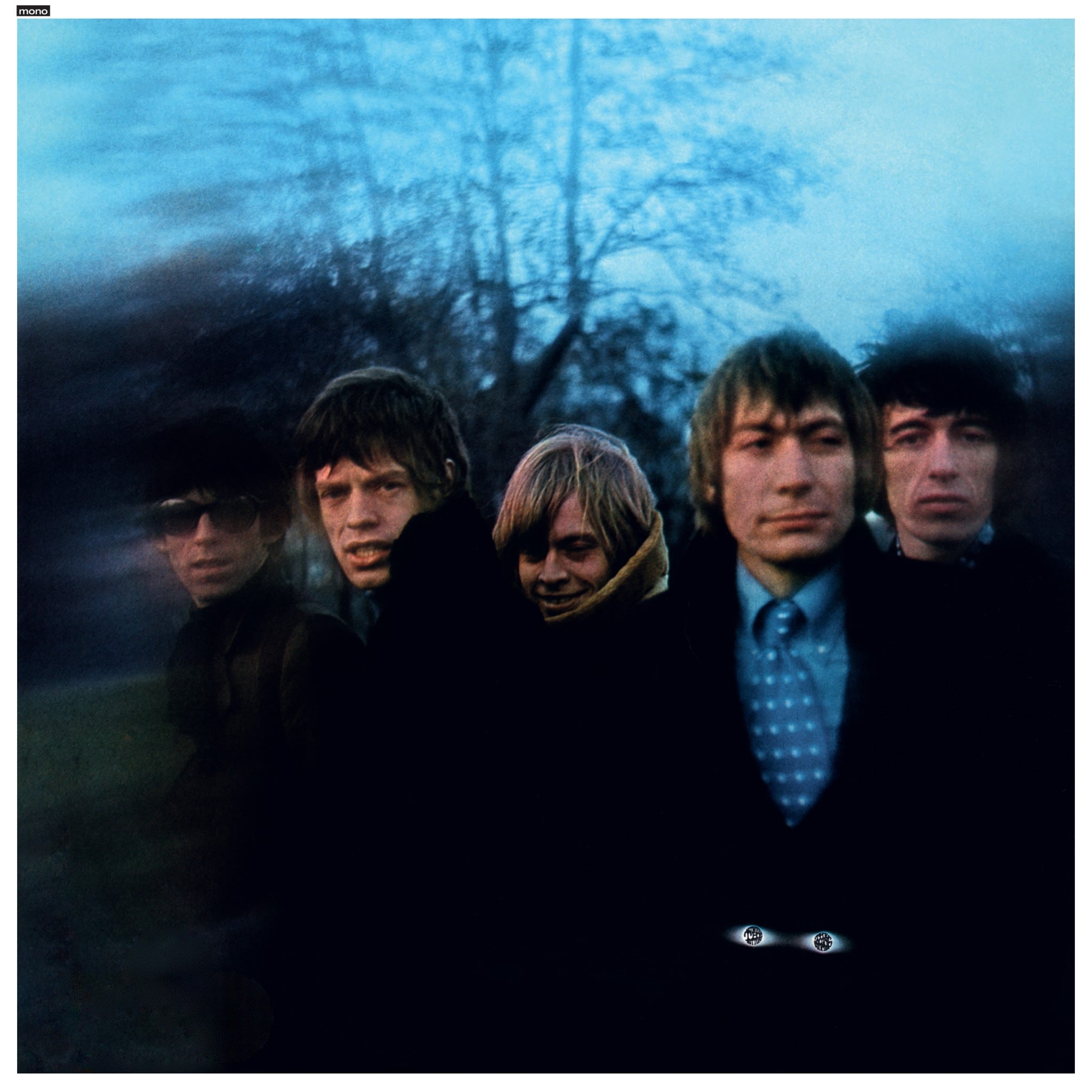
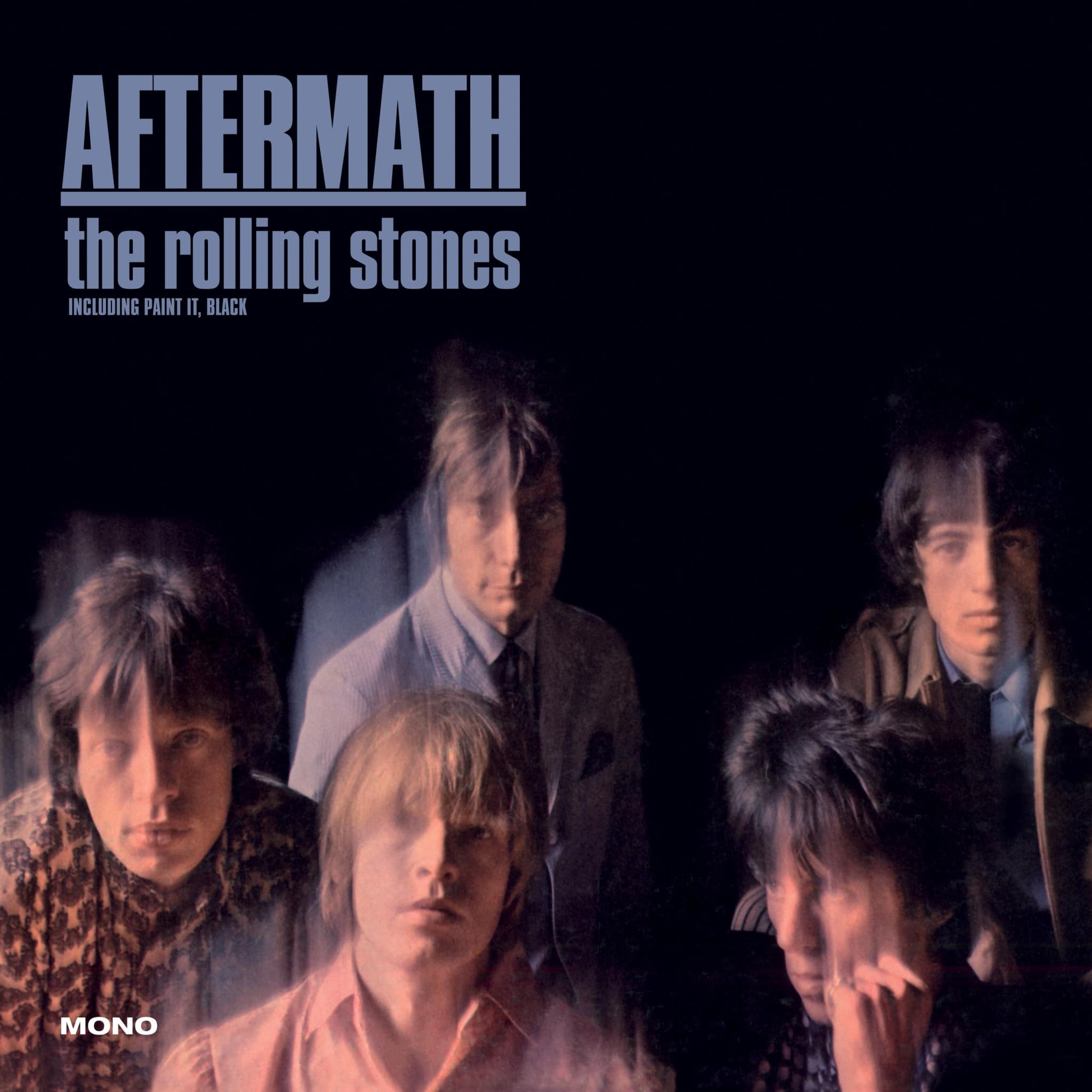
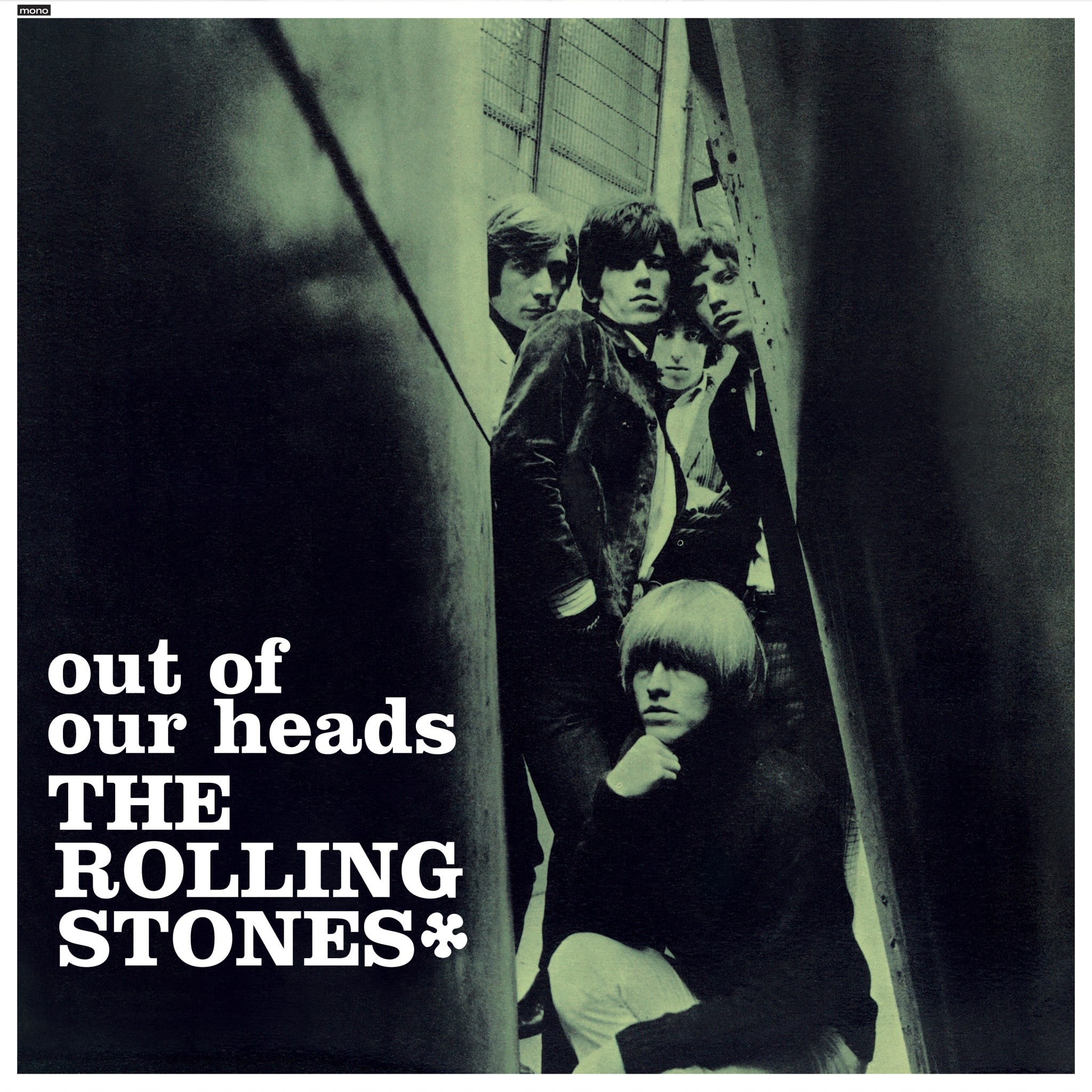
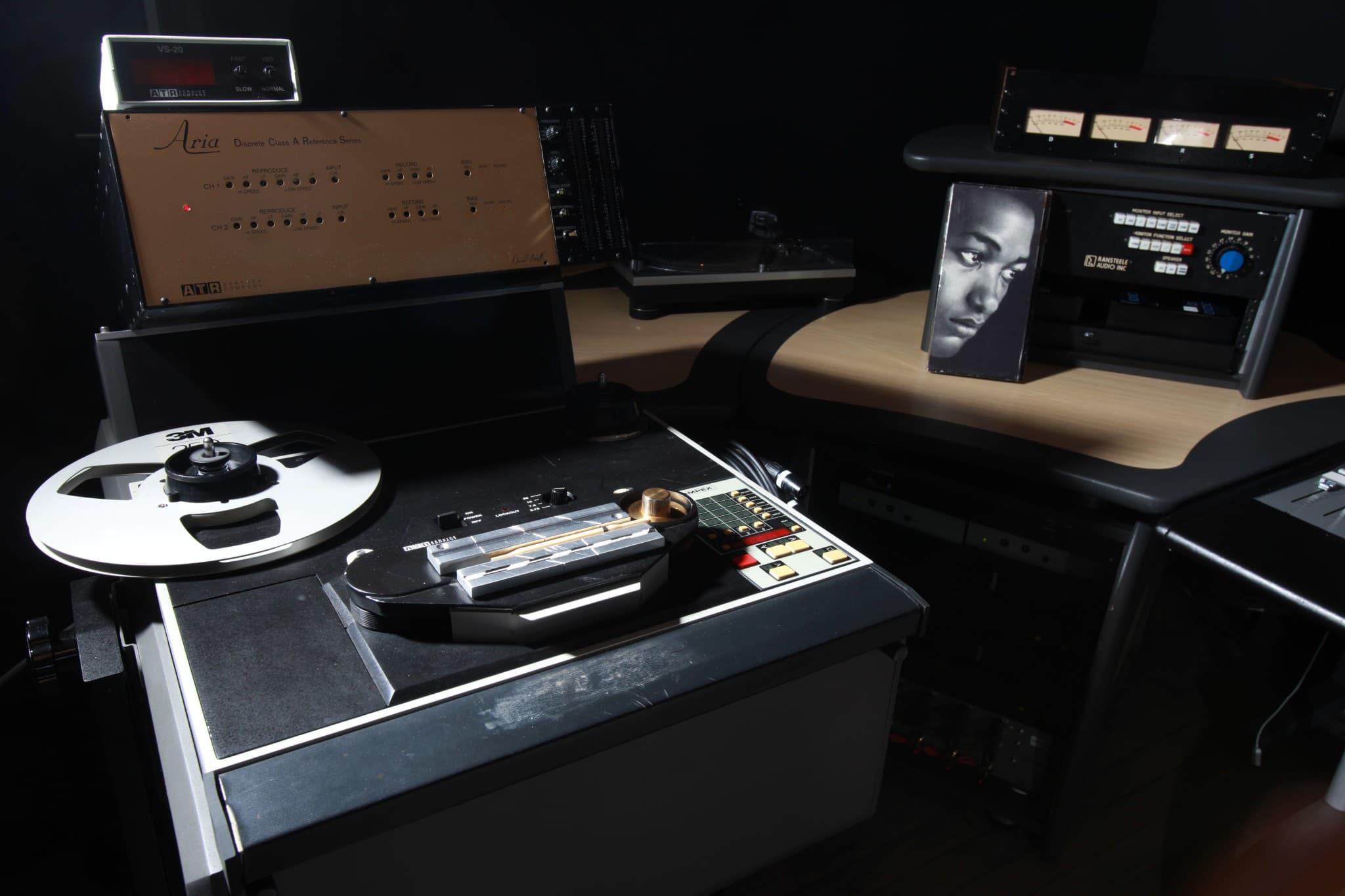
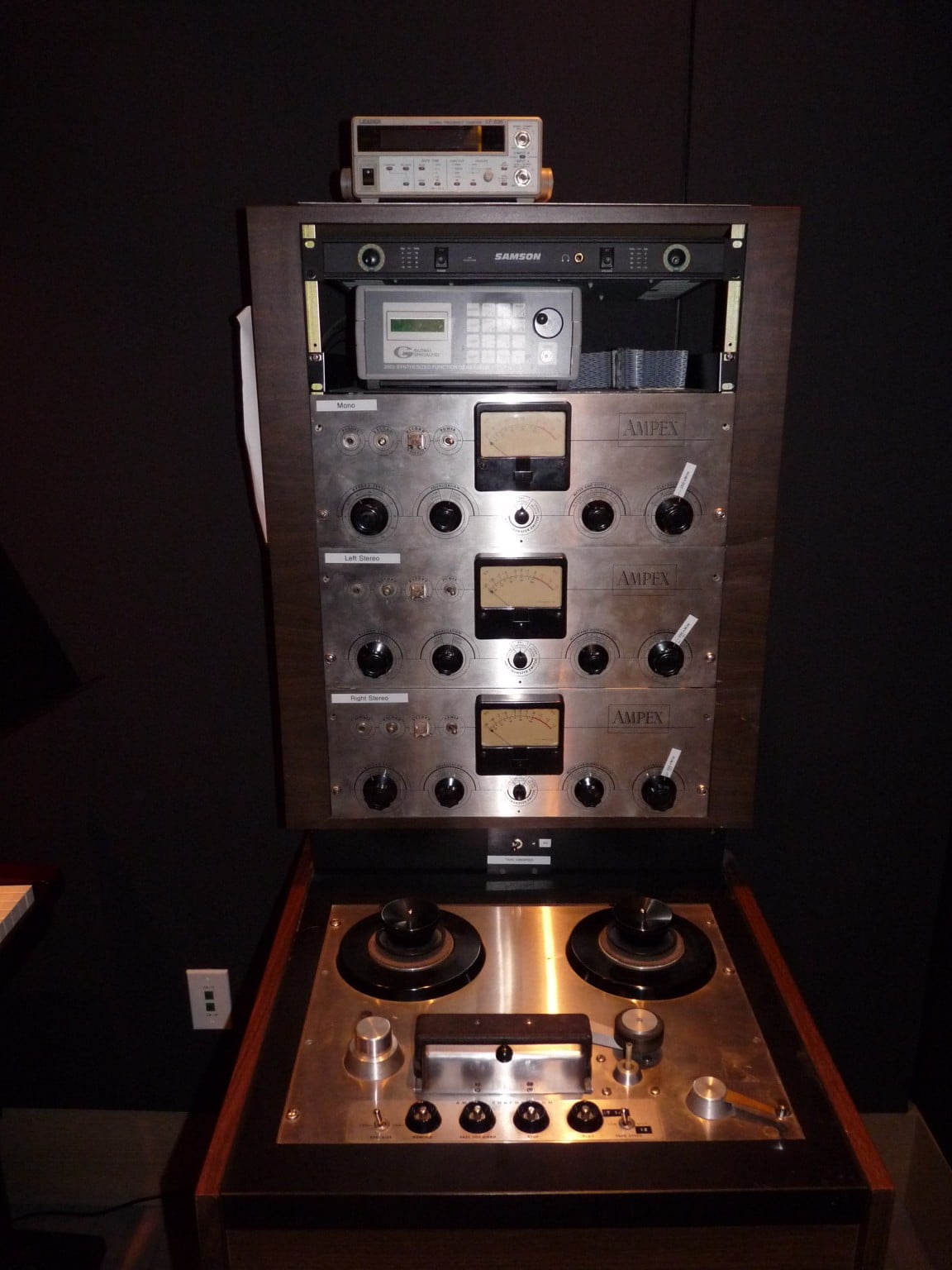
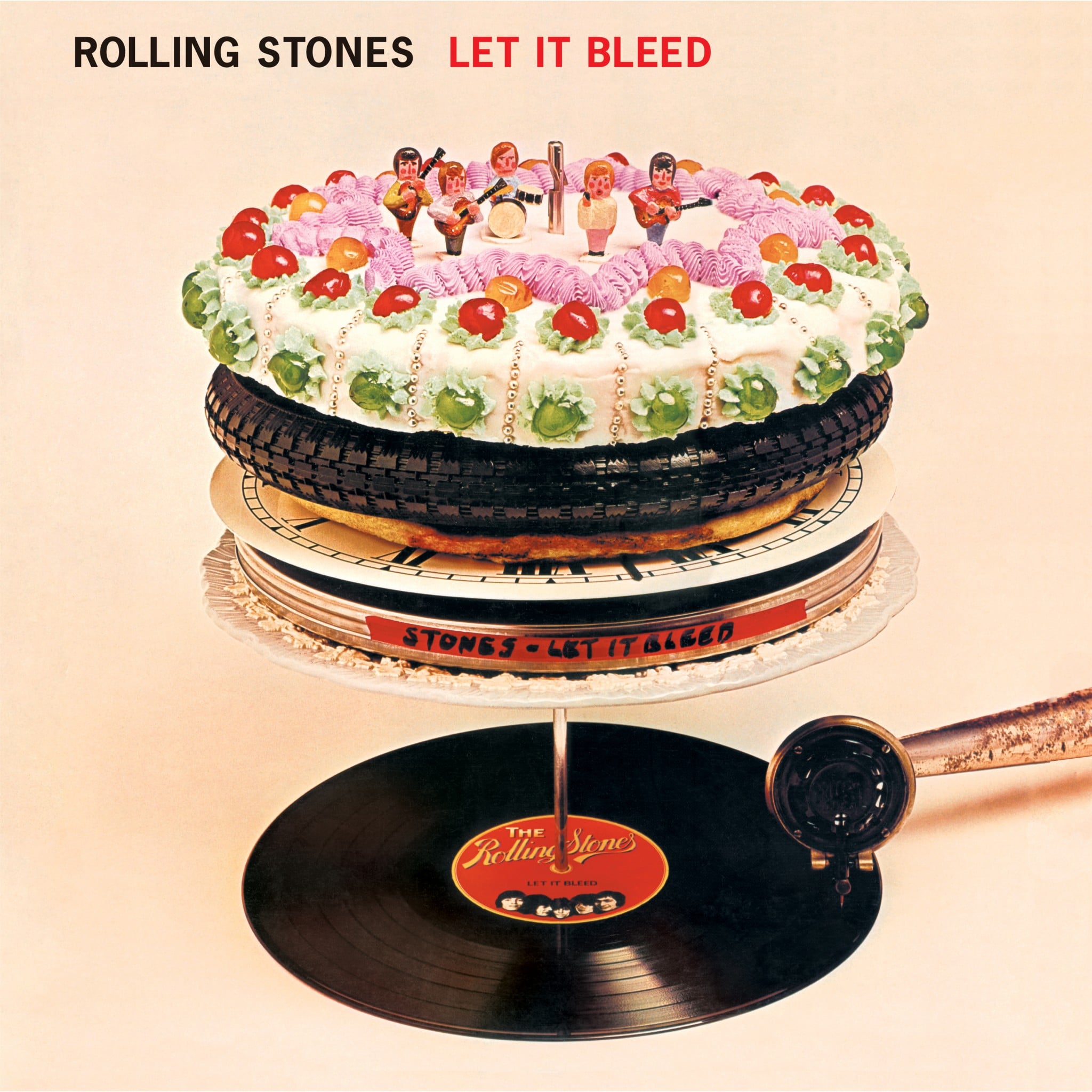





The real comparison in terms of fidelity would have been with the three mono elements of the Mobile Fidelity Sounds Labs 11-LP boxset from the 1980s — a completely Analogue transfer. As for ‘mastering’ engineers who think that they have to correct “errors” in Artists’ Master Tapes and that they therefore have to transfer analogue audio to digital to do it (before transferring back to analogue again for cutting), these people belong in another job where they can do no harm.
Please could you share the album cover art for all the albums? May I ask where it was sourced from?
From the record label, Neel – I’m afraid they are copyright to the same.
How did Landi approach the mastering issue of analogue compression on the new formats he created ? BTW there is some confusion in this article about alignment and if it refers to azimuth or EQ ? Thanks Dave
Hi Dave – I think Landi (a lady, I have to add) was talking about azimuth first (i.e NAB, etc) then addressing first/second/etc generation recordings after in addition to ‘levelling’ the songs because they’d been recorded in different locations/studios. Maybe this sections reads a bit too close together and causes confusion which I apologise for.
You know, originally I thought that bad sound was just the byproduct of the 50’s and 60’s and then I started listening to Jazz mono from the same era and was completely blown away by the fidelity. Obviously, the record companies didn’t care about quality or didn’t want to spend the time to get it right because most of the Stones early stuff sound just plain sucks. I do what I can and I will say now that I have most of the box set stuff, it is better. But it’s by no means high fidelity and I would never even consider paying high prices for original stuff, unless I was in it for just collecting. Really, it’s a shame that they didn’t go out of their way to make the Stones sound their best. looking back it appears that touring and making money were on the forefront, and the records, well, they were just records, right??
I think the notion of profits before quality runs through every industry on the planet. Doesn’t matter if your talking hi-fi or sandwiches. Bikes or movies. Fortunately, there are enough people out there who care enough to infuse a product with care, attention and substance. It’s worthwhile seeking out these people and making a note of their future movements. Part of the reason for this feature was to celebrate those skilled artisans who infuse their work with love and attention to detail. We all benefit from that.